So my Gaojie S-993A arrived. I promised pictures. This isn't a proper "review," but might help inform anybody looking to pick up a desoldering iron on a budget.
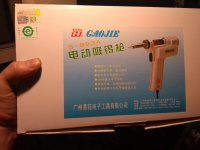
It does come properly grounded (I tested continuity), so that's not an issue.

The stand it came with is heavy duty. It comes with a small tray and sponge, but also has room inside to stuff in the stainless steel scouring pad that I pilfered from the kitchen (That's what I use to clean the tips. Sponges suck!).

A quick shot of the inside

For CDN $150 on Amazon, it's actually not that bad for hobbyist usage. But, of course, there are a few cons to consider. Mainly around the circuit board design.
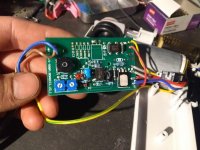
I'd have put a physical gap between the hot and neutral pads. Shouldn't be a problem unless you get a power surge while you're using it, but you'd have bigger problems anyways.
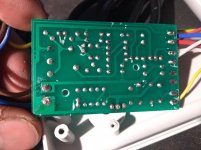
Notice that there's no RTV silicone around the solder connections. This unit has the pump integrated, so vibration loosening the solder joints or breaking the wire at the ends may become an issue over the long run.
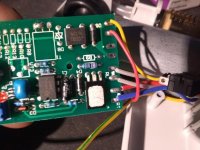
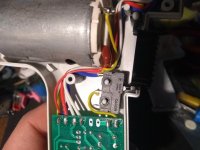
That, if anything, is the one thing that ought to be fixed if you have something on hand to reinforce the solder joints. Some RTV instant gasket ought to work in a pinch if you have some in your toolbox. High-temp hot glue might also work if you don't have anything else on hand, the handle doesn't appear to get that warm.
The unit only comes with one 1.0mm (inner diameter) tip, and I've read reviews saying that it ought to come with a couple other sizes, but 1mm is good enough for most desoldering jobs.
Other than that, I'd say this is a good deal for a hobbyist like myself who doesn't want to pay too much for something that's not going to see heavy usage. It has a few flaws, but they're not what I'd consider deal-breakers.
If anybody wants higher-res pictures, I've linked a folder from my
MediaFire







